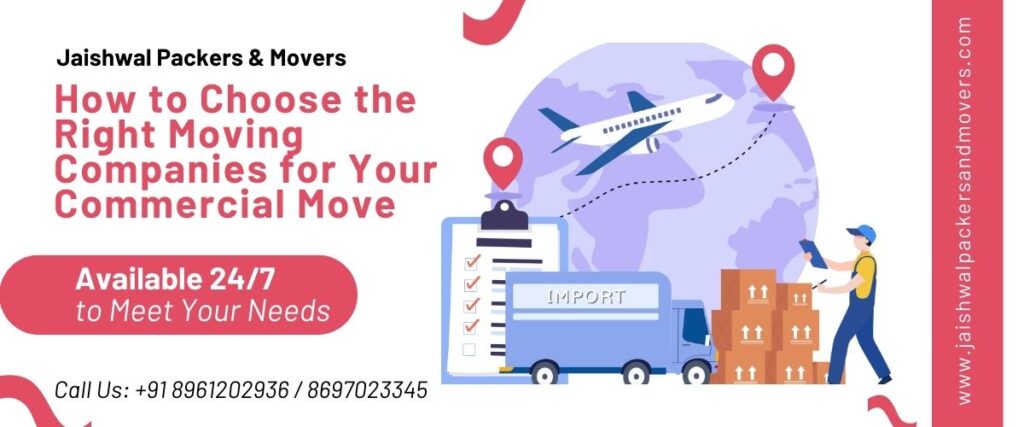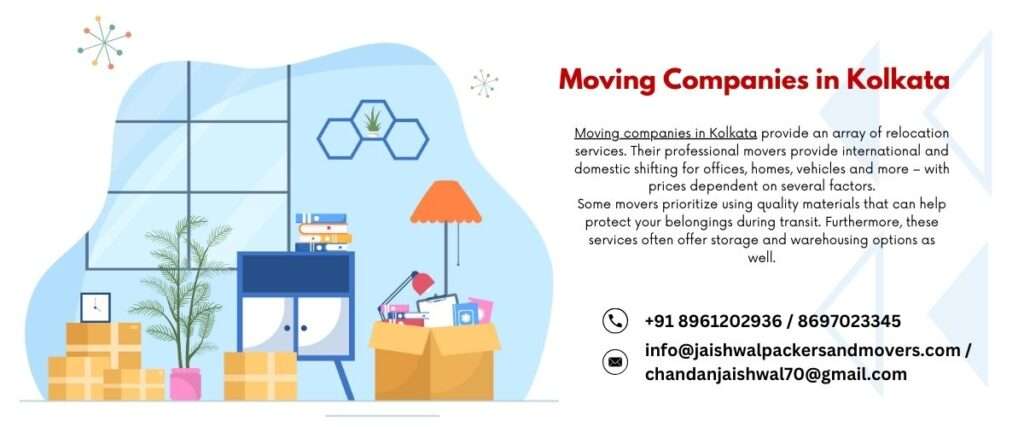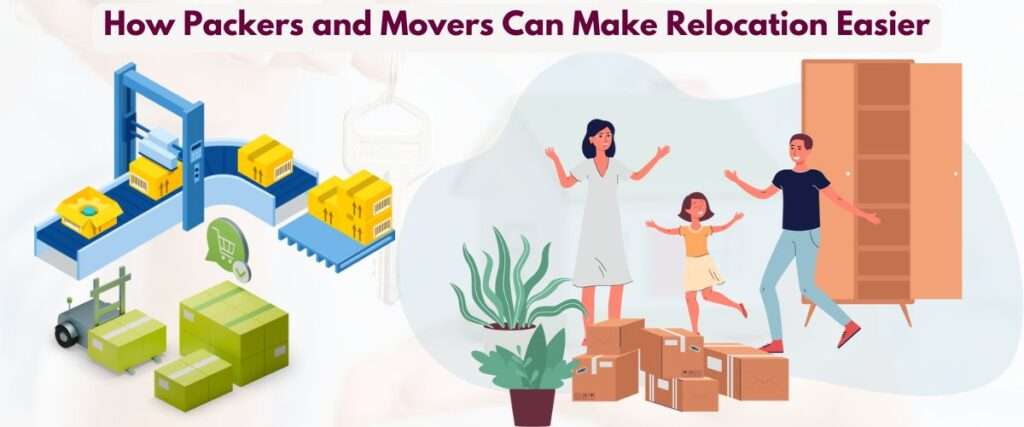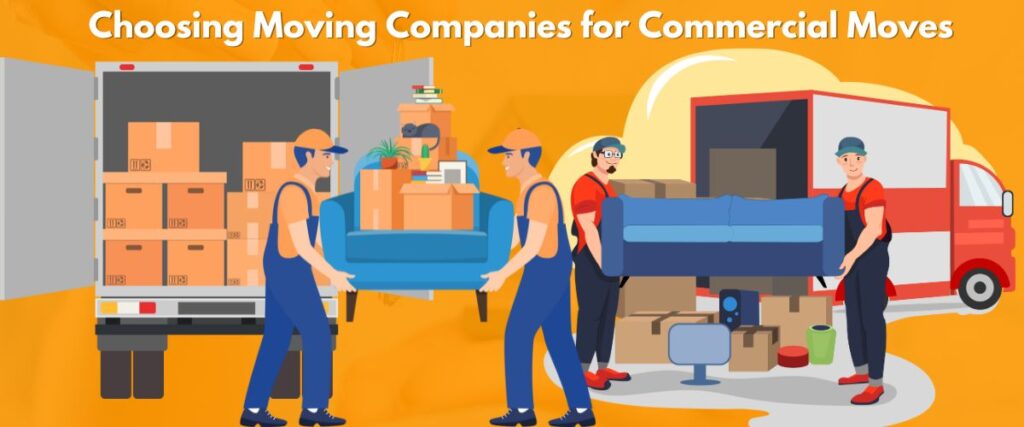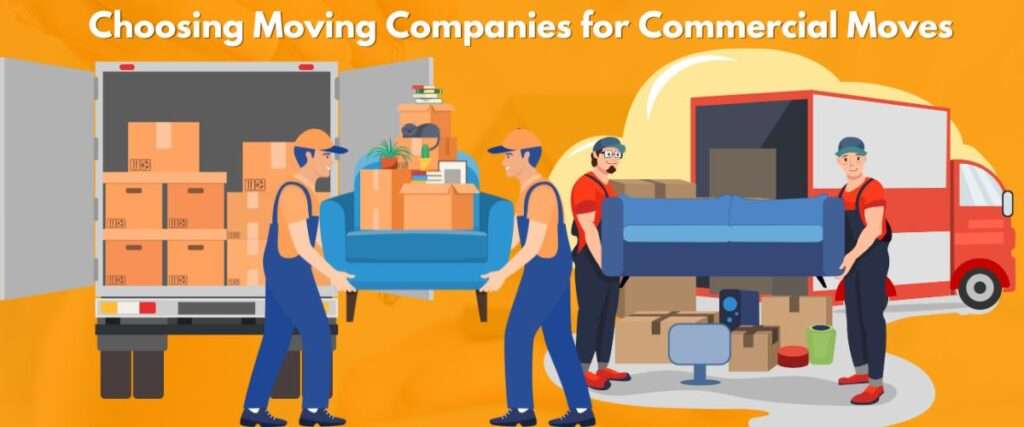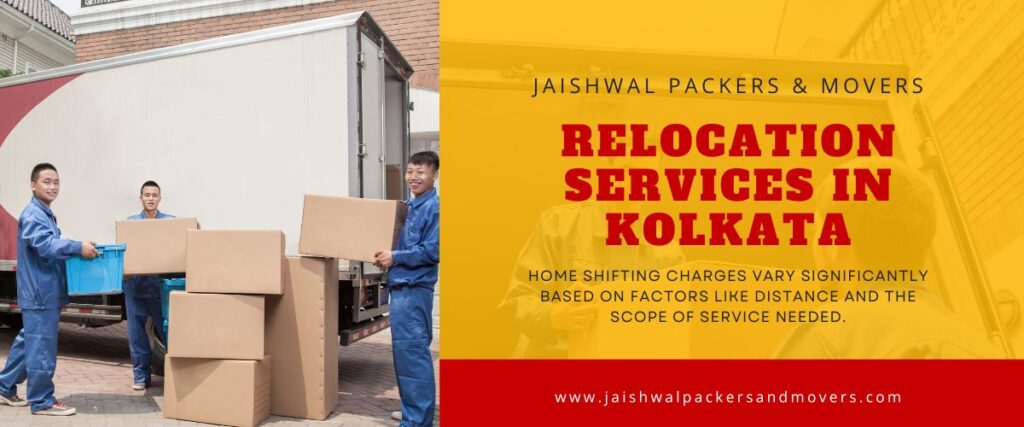
Relocation Services in Kolkata
Relocating services provide companies with a means of moving employees as part of an employee benefits package, including lump sum payments and rental assistance services to make the transition smoother for all involved.
Home shifting charges vary significantly based on factors like distance and the scope of service needed. To make the search for reliable packers and movers easier, compare quotes from multiple providers.
Local
Local house shifting services in Kolkata can assist with all sorts of relocation needs, from furniture and appliances to storage needs and insurance protection for your items during transit. Experienced staff have the know-how and know-whole to maneuver the streets of Kolkata quickly and safely, shortening overall relocation timelines significantly.
Sulekha offers an expansive list of certified residential relocation movers and packers for residential relocation through its platform, each company providing quotes, customer support and user ratings to make the process of residential moving easy. Request a no-committal quote now to determine how much your move will cost!
Residential relocation costs in Kolkata depend on service type and scope; for instance, full household relocation packages can cost as much as Rs. 9,500 while simple refrigerator shifts may be less costly. When choosing a local packing and moving company, be sure to get a detailed rate sheet outlining all fees associated with your move so as to avoid any unpleasant surprises on moving day.
Relying on professional home moving services can save both time and money during your relocation process, freeing you to focus on other priorities while the moving is completed. In addition to offering basic house shifting services, these providers also specialize in pet relocation or moving terrace gardens; some offer storage facilities; they can handle delicate items like paintings and sculptures with care. They even provide car moving services – simply load and unload for you – making this experience stress-free! This option may be an attractive choice for those dreading having to move themselves.
National
Top national packers and movers in Kolkata provide complete relocation services to their customers. Their expert and experienced teams offer home shifting, office relocation, car transportation and warehouse storage at competitive rates – providing clients with a smooth relocation experience at an affordable price point. These professionals focus on customer-driven quality standards which makes them stand out from competitors; pre-move surveys, in-house estimates and price lists help customers understand charges before booking with them.
These Tollygunge, Kolkata-based movers and packers provide safe house-shifting services with high-grade packing materials to protect belongings during transit. Furthermore, they also offer storage services so your items may remain safe until you are ready to transport them again. With well-kept warehouses that ensure safekeeping of items until it’s time for moving day.
No matter where or when you need to relocate, these professional movers and packers in Tollygunge, West Bengal are equipped to take on any job for you. Their trained staff is adept at packing, loading, transporting and unloading household goods safely to any destination; even large or bulky items like furniture appliances and electronics will be safely handled during transport.
Find the ideal packers and movers in Kolkata by reading reviews and verifying credentials. Ensure they are certified, insured and registered, have permanent addresses with GSTIN numbers as well as an official website that provides additional details. Once this step has been taken, choose which company suits your needs best by reading customer reviews or ratings prior to hiring them, comparing rates between them all until finding the one which meets both your time and financial constraints – you could save both both money and time by going with one offering flat rates for all relocation services or select one offering such a flat rate package instead!


